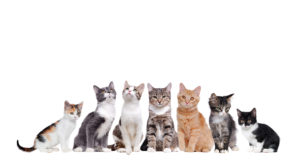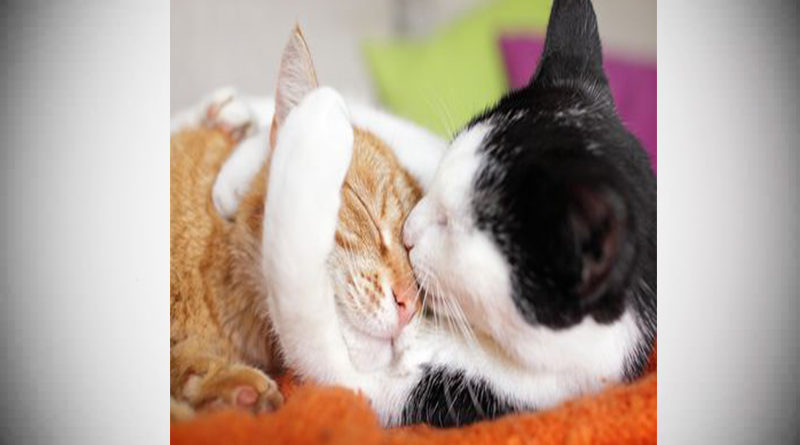Take Cues From Your Cat
Cats have charmed many of us into lifelong (theirs) submission (ours).
Growing up, my family usually had a cat around, and throughout my life random felines have found me and moved in (my latest crawled out of a drain behind my house patchy, starving, and affectionate — oy!).
Here are some interesting notes on this peculiar species we have welcomed into our homes.

FOOD & WATER: They will partake of these two things in the same place but really love to forage for water. Put a bowl or mug in a tucked-away corner and you’ll notice that water source depleting faster. If your cat is knocking over their water dish or sticking their paw in water, they may have extra sensitive whiskers and need a wider and more shallow receptacle so their whiskers don’t fold or scrape while sipping.
CLIMBING: It’s a cat’s natural instinct to perch up high. This gives them a vantage point from which to spot any trouble. That’s why your cat wants to hop up on everything. If you don’t want them on most spots, make a couple you are OK with — the top of the fridge or an armoire, or that one extra chair in the corner — tantalizing by putting a blanket or towel there for extra comfort. They’ll gravitate to those spots.
SCRATCHING: Yes, something will be sacrificed while you train your cat not to scratch up your nice things. But it’s possible to train them. Declawing should never be an option — it’s like pull-ing off your finger or toe nails. They need them, physically, and there is also the chance of on-going pain and deformity with that “surgery.” It’s a cruel practice, so we have to figure out other ways to get along with their claws. Most importantly (like with climbing), offer alternatives. Some cats like floor scratch mats, some a sisal pole. There are lots of stylish cat climbing and scratching options. Google is your friend.
LOVE: This is why we let them invade our homes! But they don’t all give and receive it in the same way. Consider it a compliment if your cat shakes his tail in excitement while looking you in the eye. Rubbing, head butting (proper term: bunting), and kneading are all common behaviors that signify comfort and affection (and territory marking). Some cats want full-body petting, while others have a strict head-only policy. Try gently pulling on your cat’s head, face, and neck skin and fur — most of them love this massage.
Most important for a human-feline copacetic lifestyle is to take cues from your beast. Cats aren’t like dogs; they don’t live to please you. In fact, they’ll clearly tell you with body language and sounds when they are displeased. In the event they DO react with teeth or claws, know that it’s coming from fear or discomfort, so help them be comfortable in the ways they are naturally inclined and you’ll have a trusting, furry buddy by your side. Meow.
Follow Stephanie on Instagram and Facebook @lovageinc for more of her local exploits and 1980s nostalgia.









